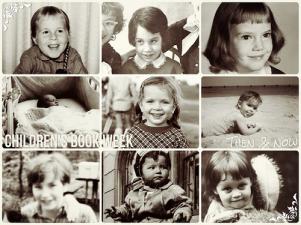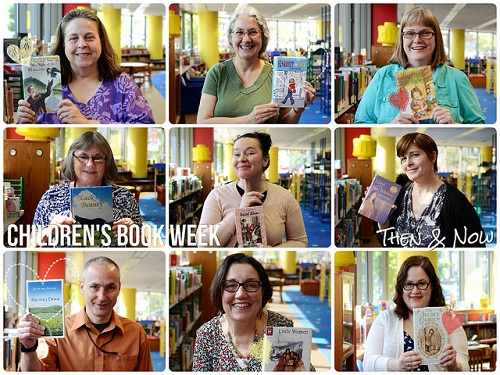The Storied Life of A.K. Fikry
Like bookstores? Like islands off the coast of New England? Favor novels that feature an orphan and a single dad? Drawn to love stories especially ones where the couple start off at each other's throats? Have a thing for rare manuscripts especially those of Edgar Allen Poe? If so this charming book-celebratory novel is just your thing.
The Storied Life of A.J. Fikry begins with publisher’s rep, Amelia Loman (“a tall dandelion of a woman") disembarking from a ferry to visit a small bookstore on Alice Island to go over the winter accounts for her publisher, Knightley Press. The owner, the very curmudgeonly A.J. Fikry, is decidedly unfriendly and shocked by the fact that the old book rep has not come. Loman tells him that he has died and then proceeds to push her favorite book, a memoir by a widower dealing with his bereavement.
For Fikry this hits too close to home but he does not tell Alice why. He has recently lost Nic, his intelligent and beautiful wife while she was pregnant with their first child. Fikry begins a delightful rant about all the books he does not like: postmodern, post apocalyptic, magical realism, ones with multiple fonts, children’s books, poetry, YA, etc.

 To celebrate
To celebrate 